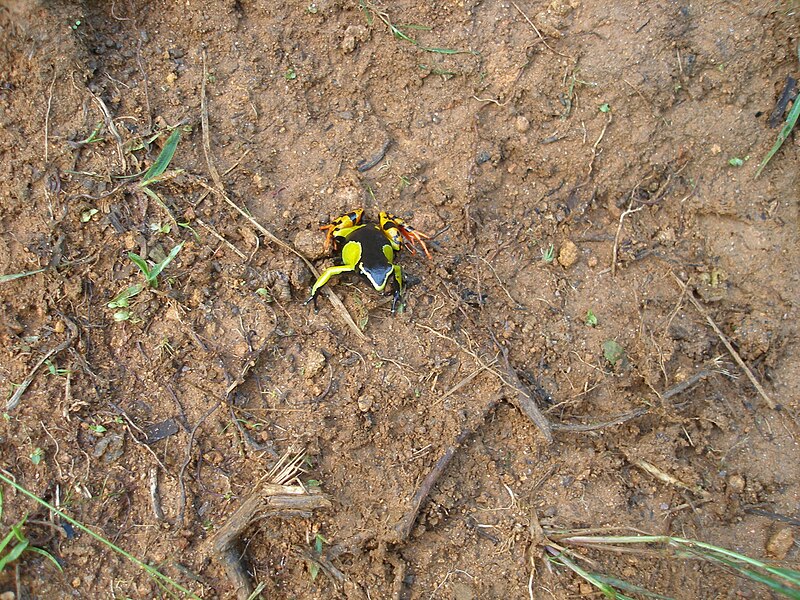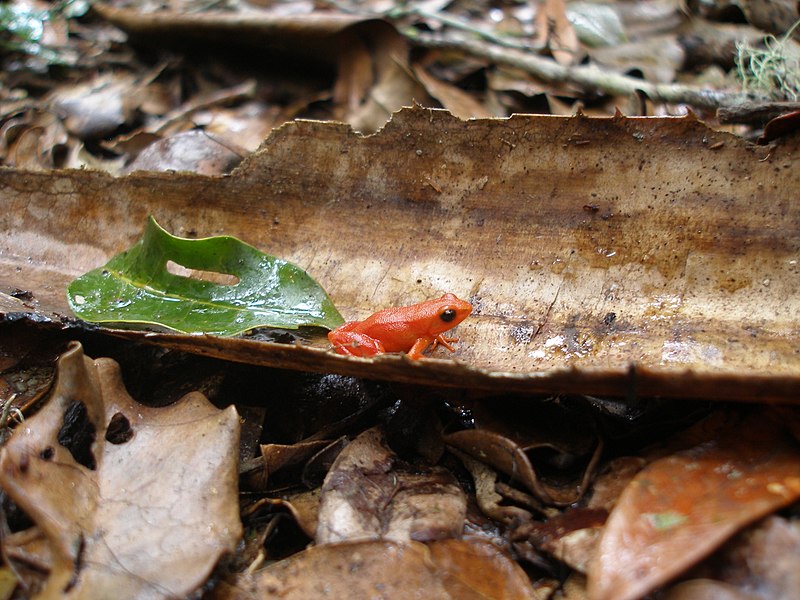The Desert Tortoise (Gopherus agassizi), was, in the 1960’s, a pet trade staple. A lack of information as to its proper care and massive habitat loss has today reduced populations to alarmingly low levels. The species is now protected, and a great deal of research has gone into its husbandry and natural history. Yet, it seems, few appreciate just how unique this animal is. Today I’d like to highlight some of its lesser known habits, and how they affect the future of the species.
Tortoise Diversity
Desert Tortoises are one of four tortoise species, all of the same genus, native to North America. All are terrestrial vegetarians with forelegs modified for burrowing.
An additional 49 species of tortoises inhabit Africa (where they reach their greatest diversity), Europe, South America and Asia. Tortoises are absent from Australia and Antarctica.
Winter Migrations
Desert Tortoises are found from southeastern California’s Mojave Desert, southwestern Arizona, southern Nevada and southwestern Utah south to northern Baja California and northern Sinaloa, Mexico, and on Tiburon Island in Gulf of California.

It is in the northern part of this range where we find a most unique winter survival strategy. Here, desert tortoises migrate to hilly areas at the onset of cold weather and hibernate in communal burrows that are 15-33 feet in length. It seems that a burrow of suitable length (over 15 feet) could not be dug by a single tortoise in one season, so these long-established burrows (and traditional migration routes) are critical to winter survival.
Effective conservation planning requires an understanding of such factors – permanent hibernation burrows may be far from the tortoises’ summer foraging areas, and thus not recognized as essential habitat when preserves are set aside. Populations deprived of migration routes to hibernation sites will become extinct in a single winter.
Summer nights are spent in shallow, self dug burrows that are often utilized for many years.
Good Intentions Gone Bad
Another unusual impediment to Desert Tortoise conservation arose when, with good intentions, large numbers of seemingly healthy pet tortoises were returned to the wild. These animals were responsible for introducing a virulent but difficult-to-detect respiratory illness into wild populations. Control measures are now in place in the USA.
Desert Tortoises inhabit the centerpiece exhibit of the new reptile house at the Staten Island Zoo, which I was proud to help plan several years ago. Please see the attached photo above, and visit if you are able.
Further Reading
A wealth of information on Desert Tortoise Conservation is posted here.
A wonderful video of a Desert Tortoise egg hatching is posted here.
 That Reptile Blog – Reptile, Amphibian and Exotic Pet Care and Information
That Reptile Blog – Reptile, Amphibian and Exotic Pet Care and Information

 Most chemicals do readily penetrate the skin of frogs and salamanders and can kill them in short order. Pesticides on plants are a concern, even though they will not be consumed.
Most chemicals do readily penetrate the skin of frogs and salamanders and can kill them in short order. Pesticides on plants are a concern, even though they will not be consumed. Madagascar’s Mantellas or Golden Frogs (Family Mantellidae) are, in many ways, the ecological equivalents of Latin America’s Poison Frogs (Family Dendrobatidae), and illustrate nicely the concept of convergent evolution – unrelated animals from different parts of the world that have developed similar adaptations. Although less commonly kept than the poison frogs, these tiny, brilliantly-colored gems are gaining in popularity. Following is a brief overview of the group.
Madagascar’s Mantellas or Golden Frogs (Family Mantellidae) are, in many ways, the ecological equivalents of Latin America’s Poison Frogs (Family Dendrobatidae), and illustrate nicely the concept of convergent evolution – unrelated animals from different parts of the world that have developed similar adaptations. Although less commonly kept than the poison frogs, these tiny, brilliantly-colored gems are gaining in popularity. Following is a brief overview of the group. Mantella reproductive strategies roughly follow those of the Poison Frogs. Males call during the day from exposed sites on land – light markings on the vocal sacs may serve as a visual stimulus to females. They wrestle for dominance, with the loser being flipped onto his back but otherwise unharmed. Ten to thirty eggs, which are fertilized externally, are deposited in nests below leaf litter.
Mantella reproductive strategies roughly follow those of the Poison Frogs. Males call during the day from exposed sites on land – light markings on the vocal sacs may serve as a visual stimulus to females. They wrestle for dominance, with the loser being flipped onto his back but otherwise unharmed. Ten to thirty eggs, which are fertilized externally, are deposited in nests below leaf litter.